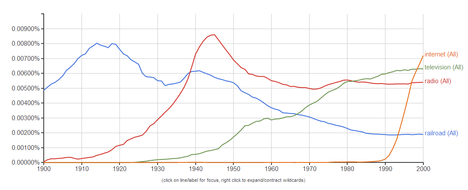The incentives and constraints of doing research in medicine make the process very expensive, which leads it increasingly be a large group activity.
The article below suggests that large group research tends to be less innovative. We should reduce the costs by reducing regulations, including the mandate that no drug can be sold without an F.D.A.-approved Phase 3 clinical trial to prove efficacy.
(p. D3) In the largest analysis of the issue thus far, investigators have found that the smaller the research team working on a problem, the more likely it was to generate innovative solutions. . . .
The new research, published on Wednesday [Feb. 13, 2019] in the journal Nature, is the latest contribution from an emerging branch of work known as the science of science — the study of how, when and through whom knowledge advances.
. . .
In the study, a trio of investigators led by James A. Evans, a sociologist at the University of Chicago, mined selections from three vast databases: . . .
. . .
When the team correlated this disruption rating to the size of the group responsible for the project or paper, they found a clear pattern: smaller groups were more likely to produce novel findings than larger ones. Those novel contributions usually took a year or so to catch on, after which larger research teams did the work of consolidating the ideas and solidifying the evidence.
“You might ask what is large, and what is small,” said Dr. Evans. “Well, the answer is that this relationship holds no matter where you cut the number: between one person and two, between ten and twenty, between 25 and 26.”
. . .
Psychologists have found that people working in larger groups tend to generate fewer ideas than when they work in smaller groups, or when working alone, and become less receptive to ideas from outside.
. . .
The new study suggests that a different kind of funding approach may be needed, one that takes more risk and spends the time and money to support promising individuals and small groups, Dr. Evans said.
“Think of it like venture capitalists do,” he said. “They expect a 5 percent success rate, and they try to minimize the correlation between the business they fund. They have a portfolio, one that gives them a higher risk-tolerance level, and also higher payoffs.”
For the full story see:
(Note: ellipses, and bracketed date, added.)
(Note: the online version of the story has the date Feb. 13, 2019 [sic], and has the title “Can Big Science Be Too Big?”)
The academic article co-authored by Evans is:



